(QNO) - It is a great honor for his family and his hometown of Quang Nam - Da Nang when Professor Hoang Chau Ky was posthumously awarded the Ho Chi Minh Prize for Literature and Arts. The solemn ceremony was held in Hanoi on May 19.
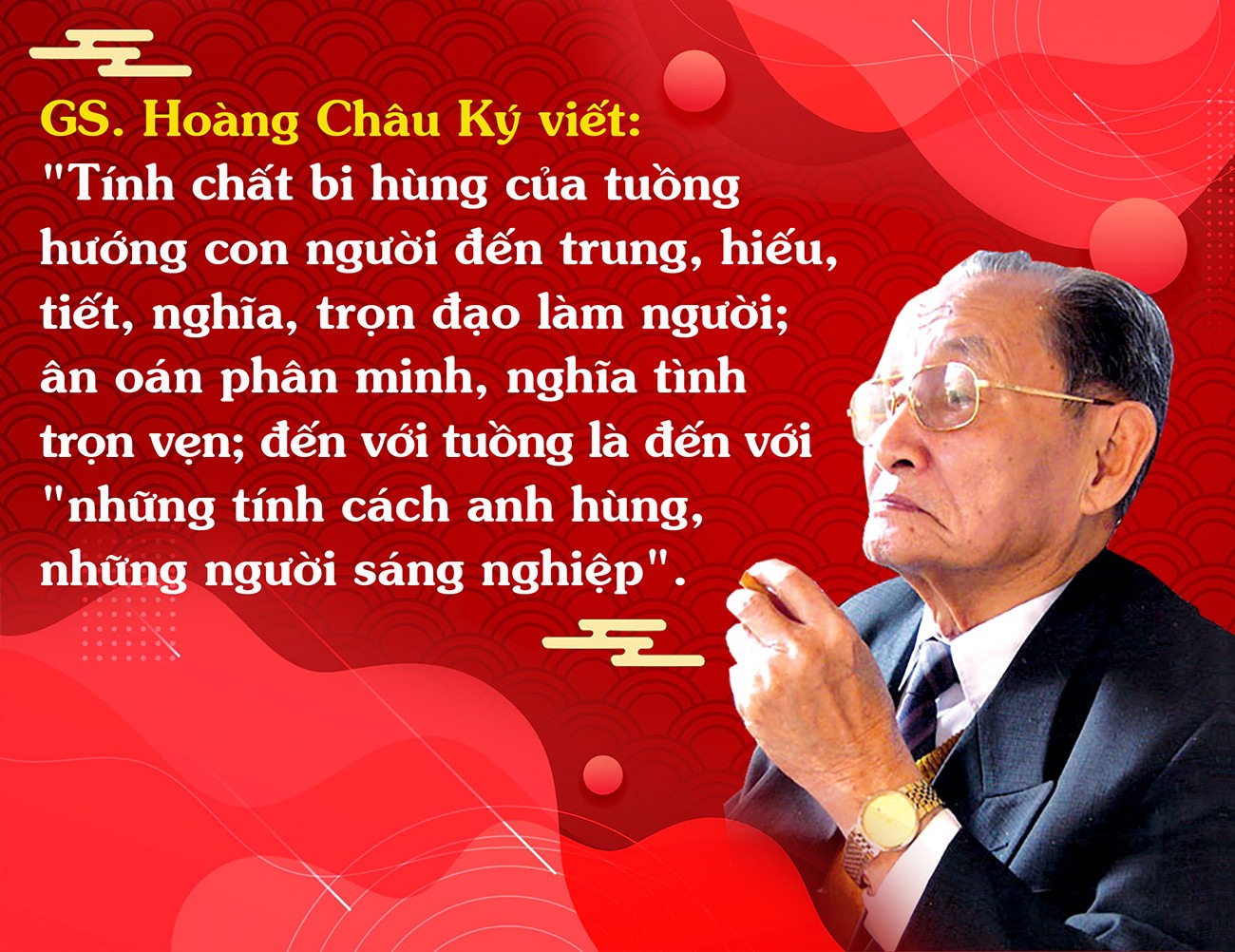
Professor Hoang Chau Ky (1921 - 2008) was first and foremost a famous tuong art activist during the two wars of national liberation as well as the period of peace building.
Researcher Hoang Huong Viet said: "The legacy he left behind is exemplary Tuong scripts, excellent theoretical books on the art of Tuong, systematic and scientific teaching plans, and plays directed and staged by the professor that are still performed by Nguyen Hien Dinh Tuong Theater (Da Nang), Hue Royal Tuong Troupe (Thua Thien - Hue) and Thanh Hoa Tuong Troupe" (1).
From an active political activist, who had been in and out of prison before the August Revolution in 1945, and who had been the secretary of several mountainous districts in Quang Nam during the resistance war against the French, he turned to cultural and artistic activities. Specifically, the art of Tuong since 1952, according to the assignment of the Inter-zone Party Committee of Zone 5 at that time.
Cultural researcher Nguyen Dinh An has an accurate comment about this turning point of the professor: "The choice of the Party and also of him more than half a century ago was a lucky thing for national art, because from here we have researcher Hoang Chau Ky with outstanding contributions in a field that requires a lot of talent and dedication, and people of his stature are extremely rare" (2).
I got to know and became close to the professor after he retired (1992). I realized that he only retired administratively, but he worked enthusiastically and devoted himself to cultural and artistic activities until the end of his life. Quang Nam is one of the cradles of Tuong art, but in the new era, this traditional art form, a precious gem in the treasure trove of cultural heritage, is facing many severe challenges, even of a survival nature.
As a culturalist and passionate Tuong art activist, Professor Hoang Chau Ky could not help but ponder and then decided to take action. The Professor's advice to the leaders of Quang Nam - Da Nang province to establish the Tuong Art Protection Association and inviting Mr. Pham Duc Nam, former (now late) Chairman of the province to be the Chairman of the association was a remarkable success, because Mr. Pham Duc Nam was a highly prestigious person in the political system, and was also passionate about Tuong - Hat Boi.
The Quang Nam - Da Nang Province Tuong Art Sponsorship Association, led by the "perfect pair" Mr. Pham Duc Nam and Professor Hoang Chau Ky, was very active. Thanks to that, in the early 90s of the last century, the Tuong art movement throughout the province was restored and developed, with many talented actors appearing among the masses who could continue the legacy of previous generations.
Then the Tuong Art Festival was organized in the Northern, Southern, and mountainous regions, moving towards the whole province, creating an exciting atmosphere that was rarely seen before and after. At that time, the economy was still difficult, but the cultural and spiritual life of the people had improved significantly, partly thanks to these traditional cultural and artistic activities.
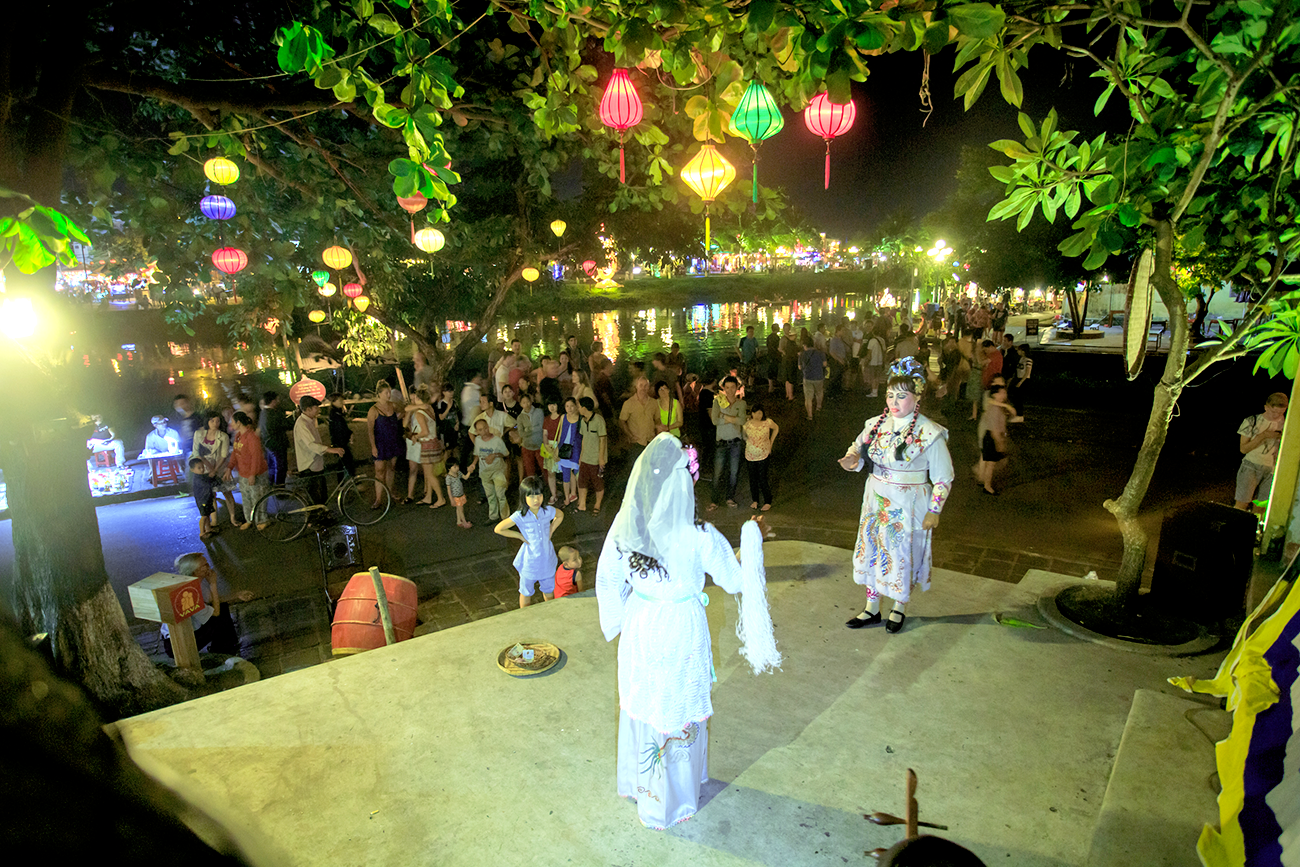
When I met and worked with Professor Hoang Chau Ky, I realized that he was not only a leading Tuong artist of the country but also a culturalist with profound knowledge. Once, I bragged that Dien Ban was a land of learning, with many scholars, typically "five phoenixes flying together", the place that produced and contributed to the country many outstanding children in different fields, such as Nguyen Duy Hieu, Pham Phu Thu, Pham Nhu Xuong, Hoang Dieu, Tran Quy Cap, Tran Cao Van, Phan Thanh Tai, Phan Khoi, Le Dinh Duong, Phan Thanh, Phan Boi, etc. After listening, the professor asked me:
- Do you know why Dien Ban has many talented people and new thinking, and is a place where cultural movements develop more strongly than other lands?
I answered as usual, meaning I didn't bother to dig deeper into the social causes, but simply thought about the vague feng shui aspect:
- Yes, because Dien Ban is a place of "spiritual land and talented people". Spiritual land gives birth to talented people!...
When the professor explained, I was very surprised and extremely impressed by his vast, erudite knowledge of culture and history and his profound, new analysis and comments, with the general idea that, in fact, there was once a “Hoi An - La Qua Cultural Axis”. Researching this “cultural axis” will provide an explanation for the above historical phenomenon.
In the early 17th century, Hoi An was a bustling commercial port, with foreign ships coming and going, trading not only economically but also culturally. Meanwhile, also from the early 17th century, Lord Nguyen established Thanh Chiem Citadel, only 8km from Hoi An, considered the second capital of Dang Trong, after Phu Xuan capital.
The Thanh Chiem governor had the responsibility of looking after and managing Hoi An, because at that time Hoi An was also part of Dien Ban. For official duties and sometimes for sightseeing, the Thanh Chiem officials often went to Hoi An to work, observe, and learn about the economy and culture of this most famous open city in the country, thanks to which their knowledge was improved and their thinking was renewed. Dien Ban was also a plain district, with convenient water and land transportation, so not only the officials but also the people often went to Hoi An to do business and trade, so they had the opportunity to broaden their minds.
Regarding culture, Professor Hoang Chau Ky said that after unifying the country, the first kings of the Nguyen Dynasty were conscious of building an independent national dynasty, building a complete education system from the central to local levels, and opening examinations to select talented people.
In Quang Nam, the provincial capital was moved to La Qua (now Vinh Dien town), and quickly became a major cultural center. Notably, in La Qua there was a school to train students to take the Huong, Hoi, and Dinh exams, that is, training from baccalaureate to doctorate.
“These students were trained in the prefectures and districts, and passed a qualifying examination before being allowed to go to the provincial school. Here, they had to pass another examination before taking their tents and beds to take the exam at Thua Thien school. The provincial school in La Qua had to be in charge of a doctor or at least a good associate doctor. Thus, only students with a certain level of ability gathered in La Qua, and La Qua became a gathering place for intellectuals, including those who had not passed, were about to pass, or had passed. At that time, Dien Ban also had a Temple of Literature, a sacred expression of the worship of Confucianism…” (3)
Listening to the professor analyze and explain about Quang culture, including Dien Ban culture, my understanding was enhanced, I found it very convincing and enlightened, and from that, I respected and admired the professor's talent, intelligence and enthusiasm even more.
Professor Hoang Chau Ky is not only a famous Tuong art activist in the country but also a typical intellectual, an enthusiastic cultural activist with extensive multidisciplinary knowledge, sharp and fresh thinking, wholeheartedly devoted to the culture and art of the country. Therefore, the Ho Chi Minh Prize for Literature and Art that the Professor was posthumously awarded is not only the pride of his family but also the common pride of his hometown Quang Nam.
---------------
(1) “The missionary of Hat Boi”, Hoang Huong Viet, Quang Nam Culture Monthly, No. 11, January 2023.
(2) “Professor Hoang Chau Ky”, Nguyen Dinh An, Literary and Artists of Inter-zone V, Writers Association Publishing House, 2009.
(3) “Hoi An - La Qua Cultural Axis”, Professor Hoang Chau Ky, Dien Ban Spring Special Edition - 1996.
Source


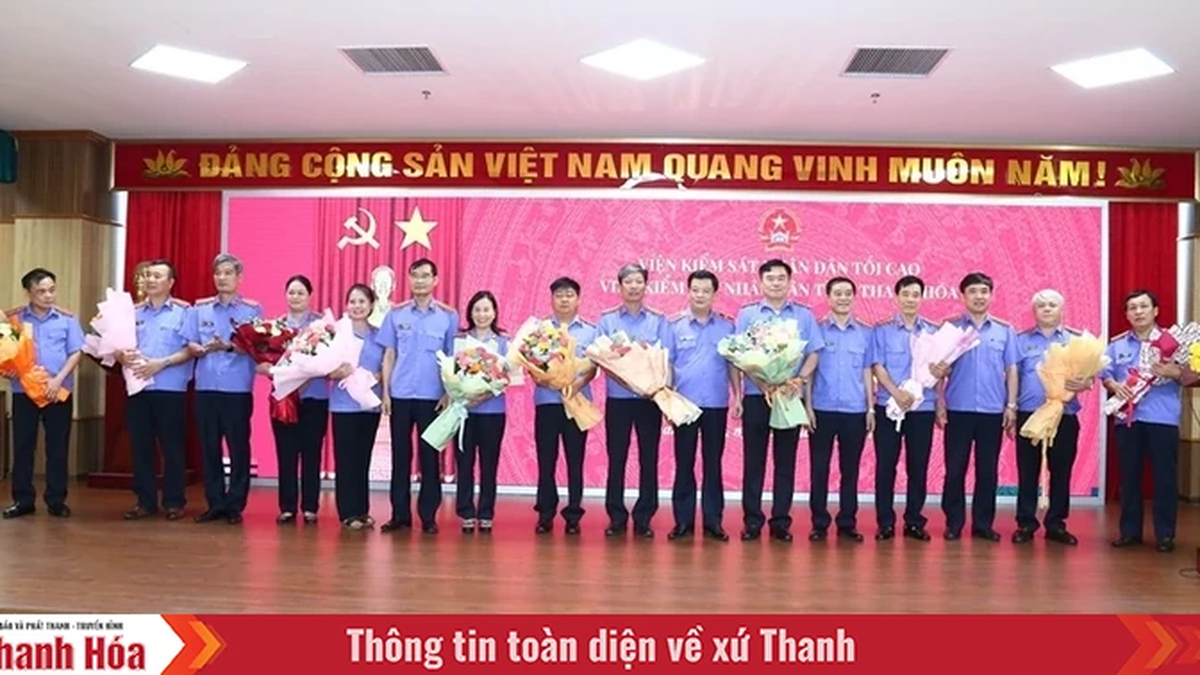
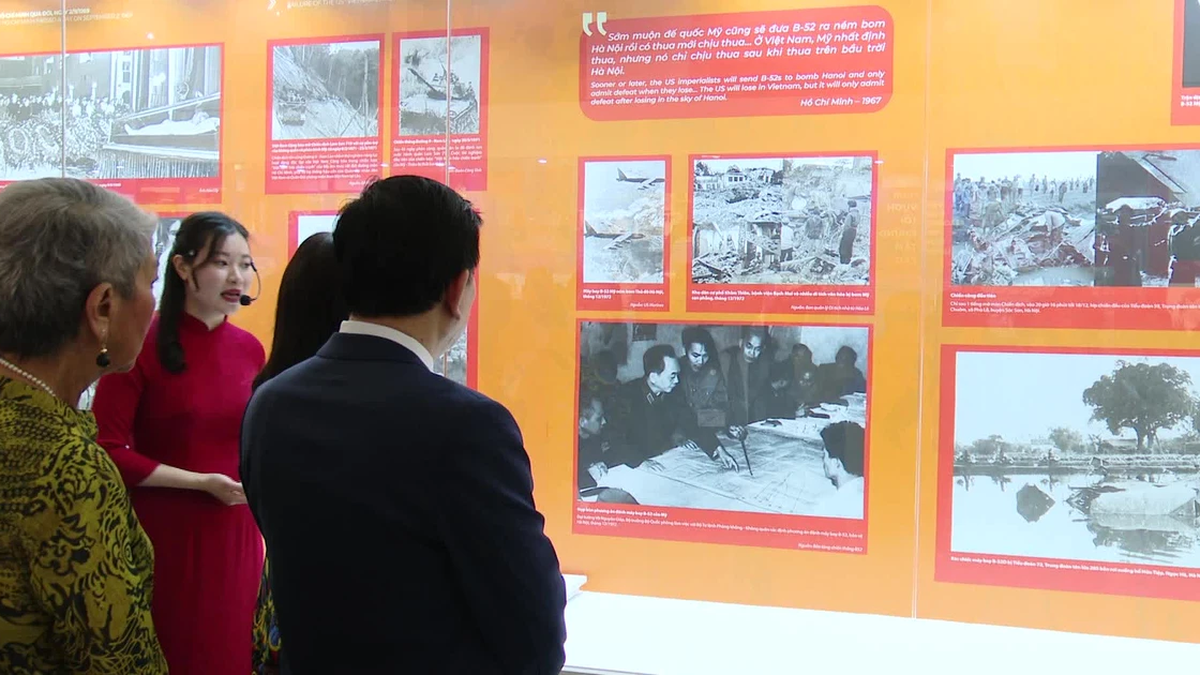
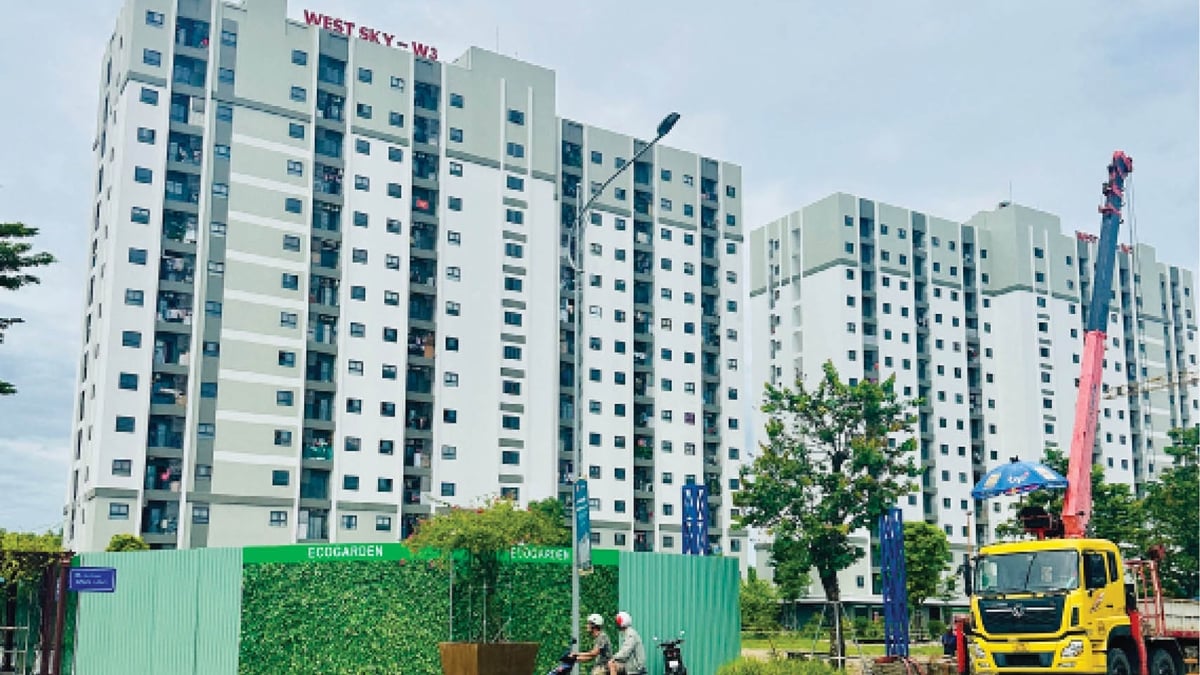
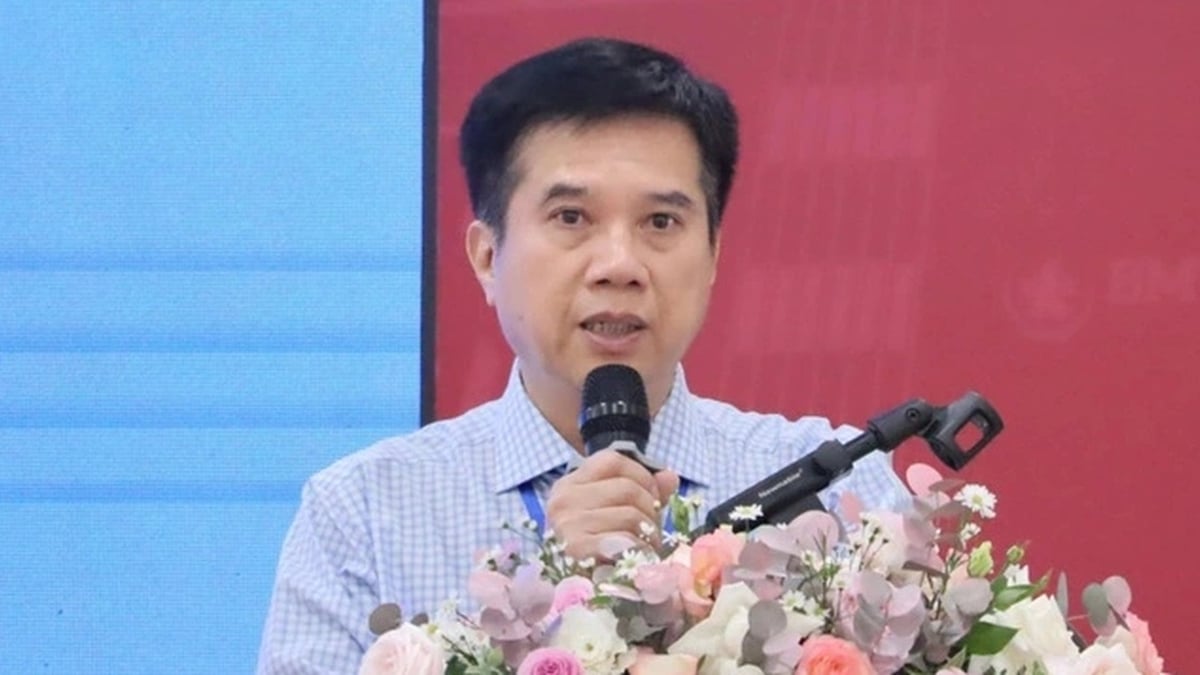
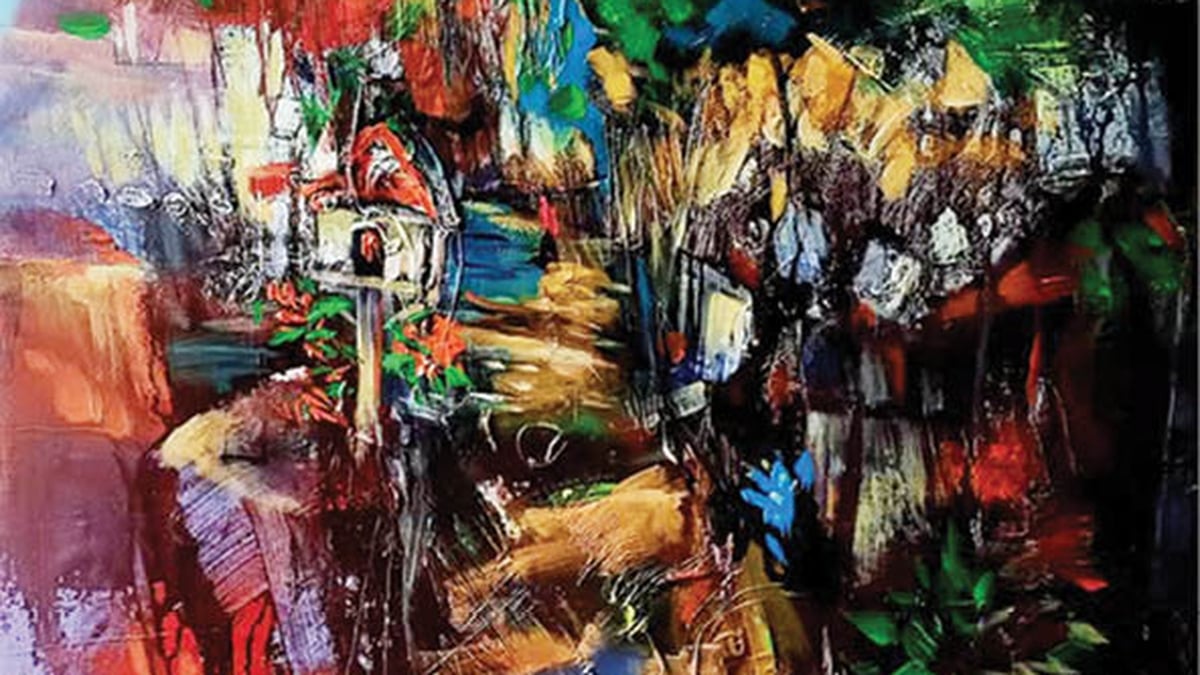

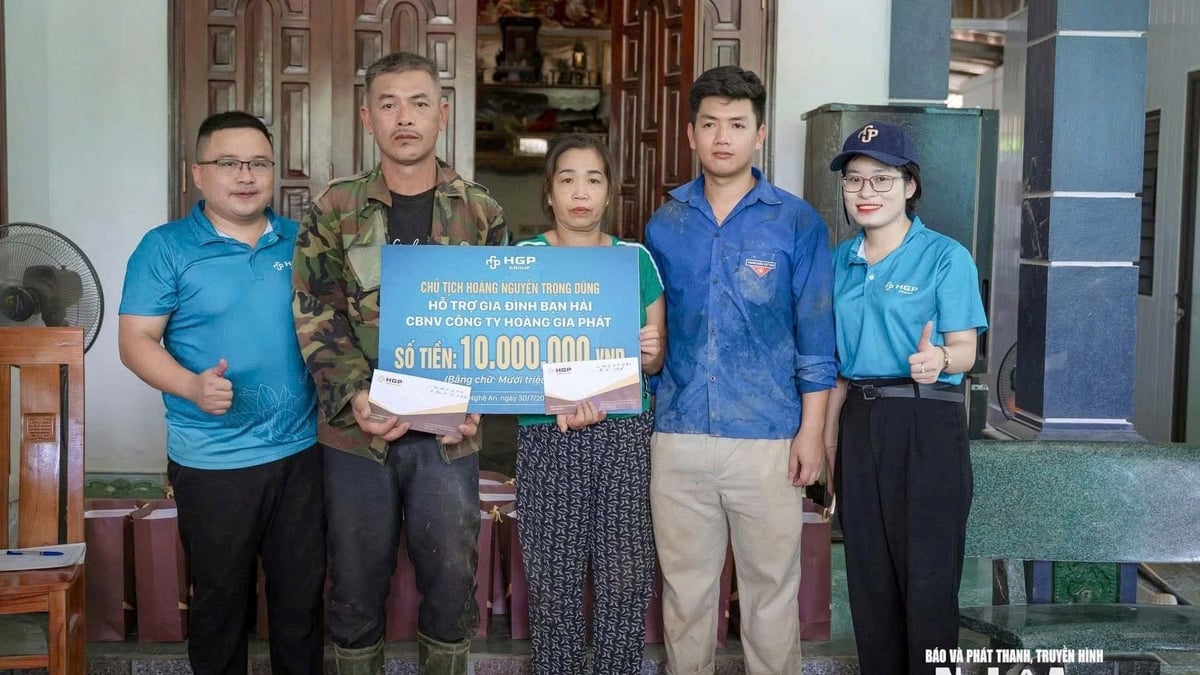
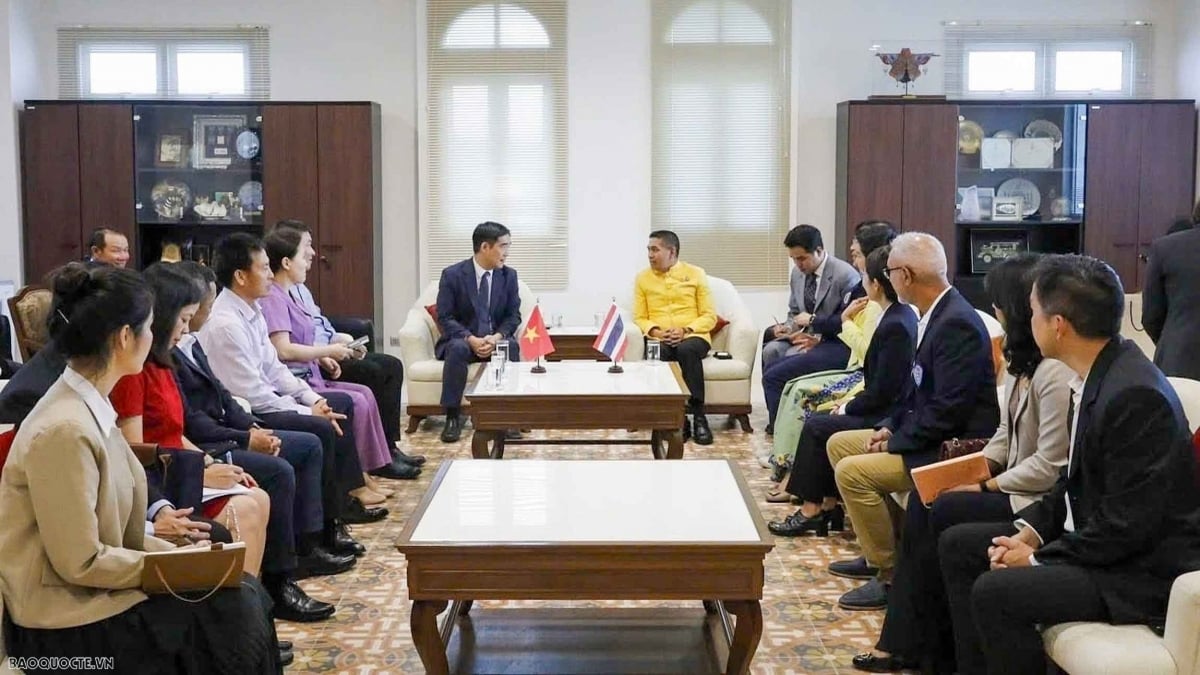
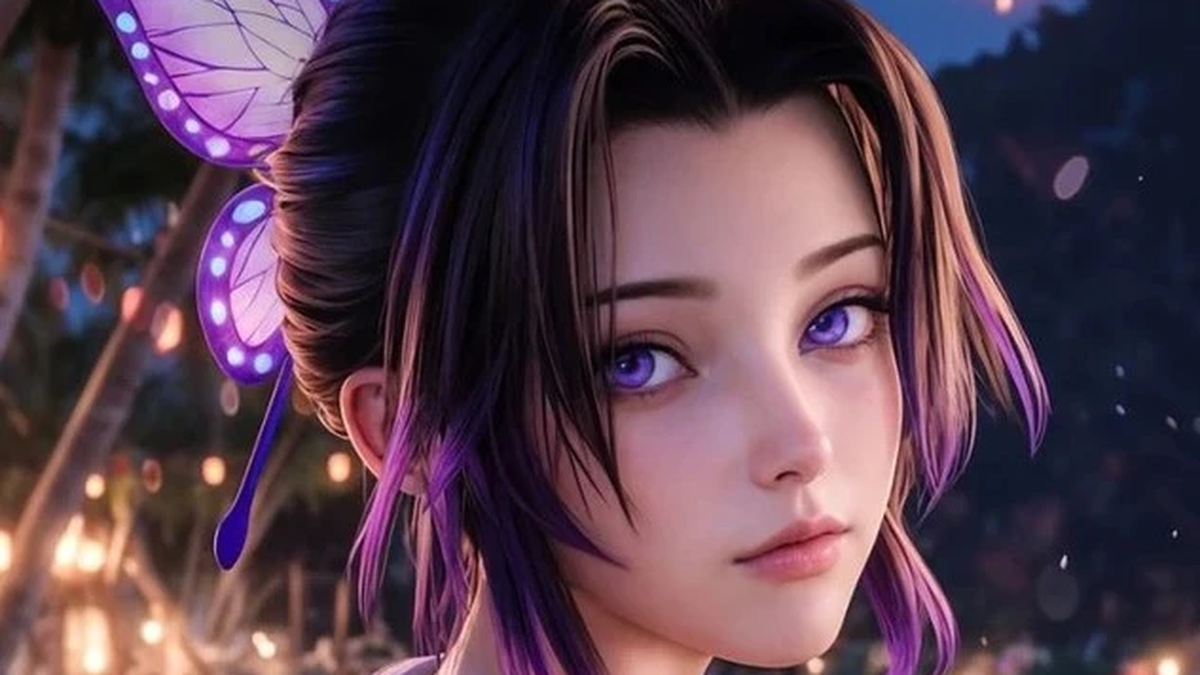





















































































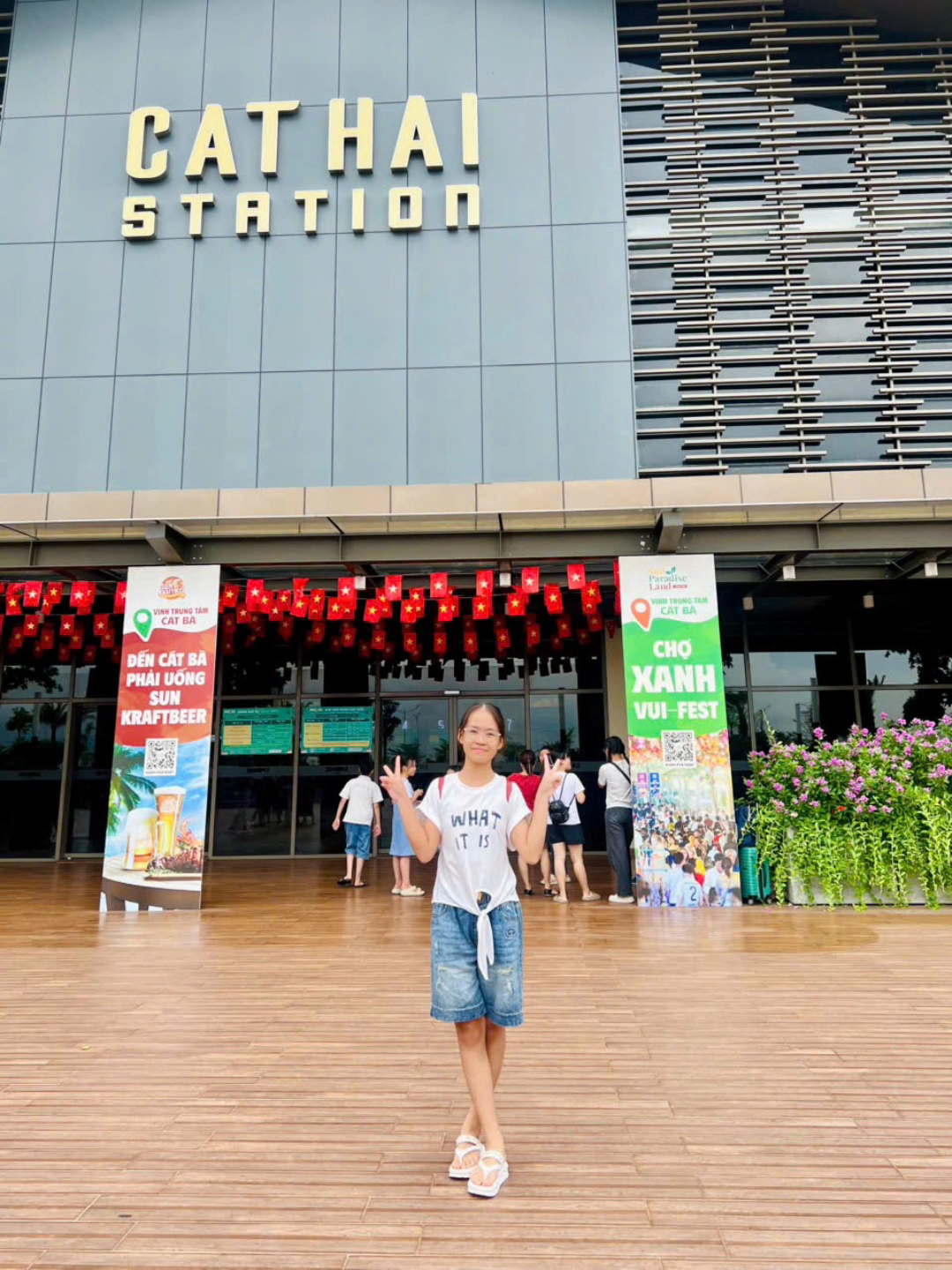
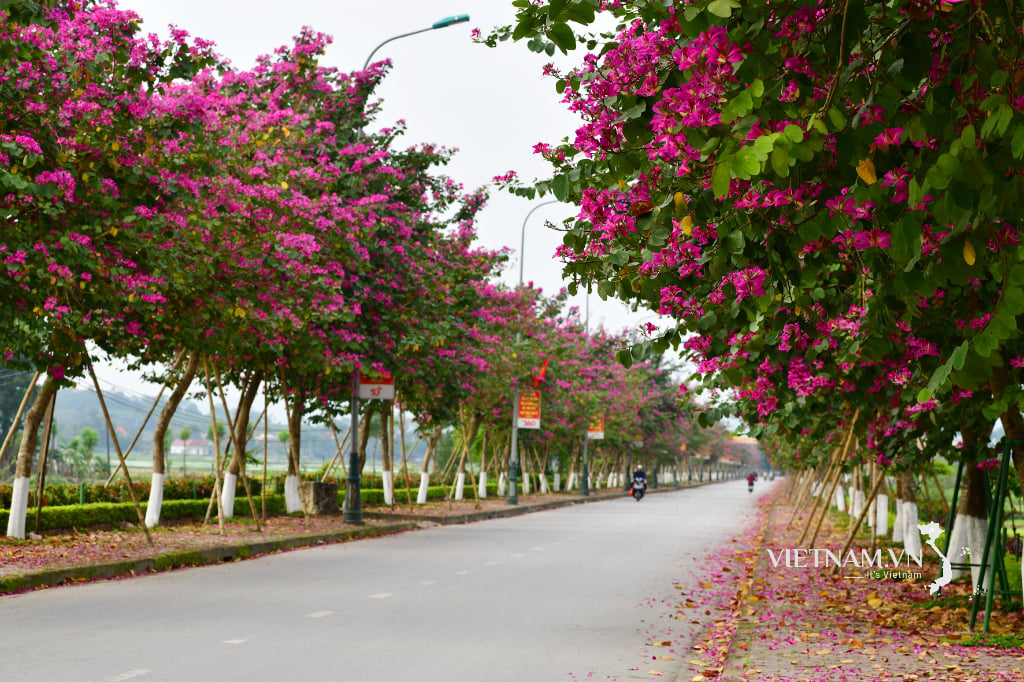

Comment (0)